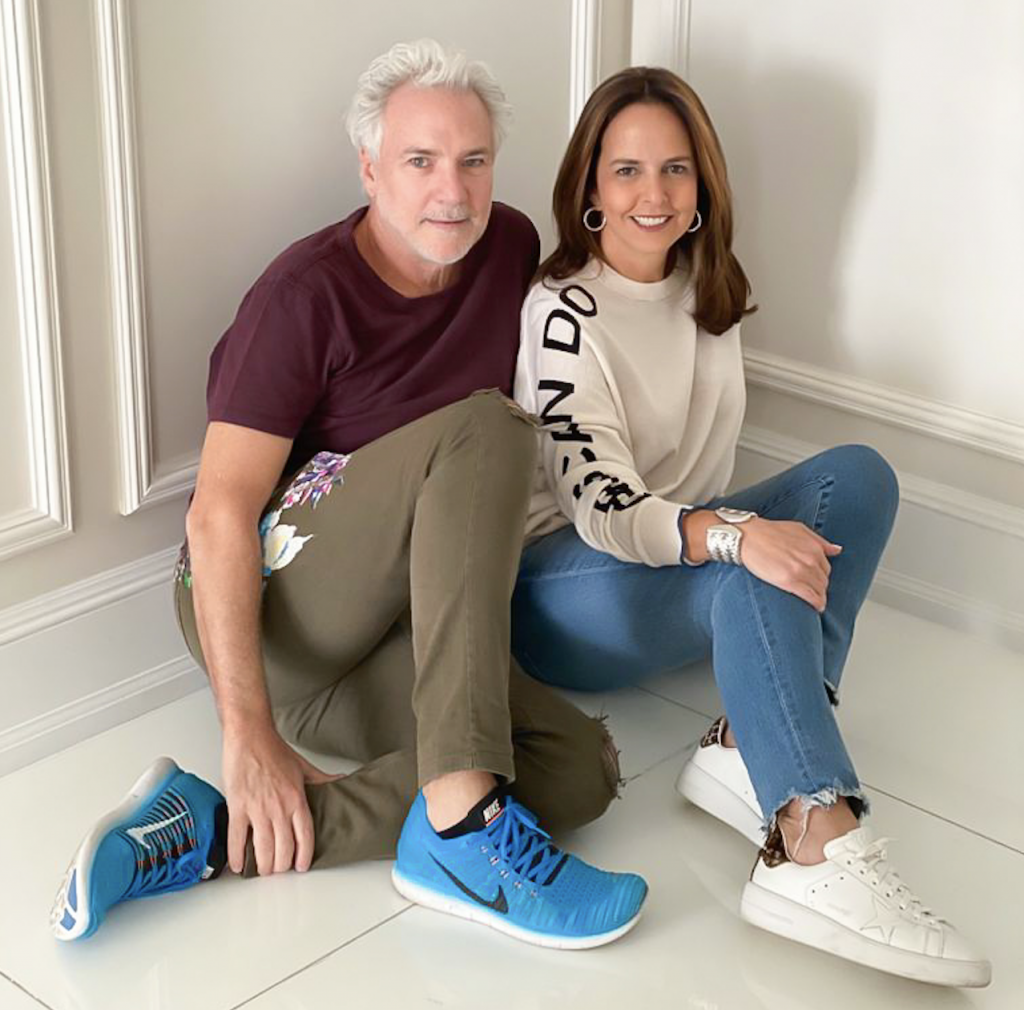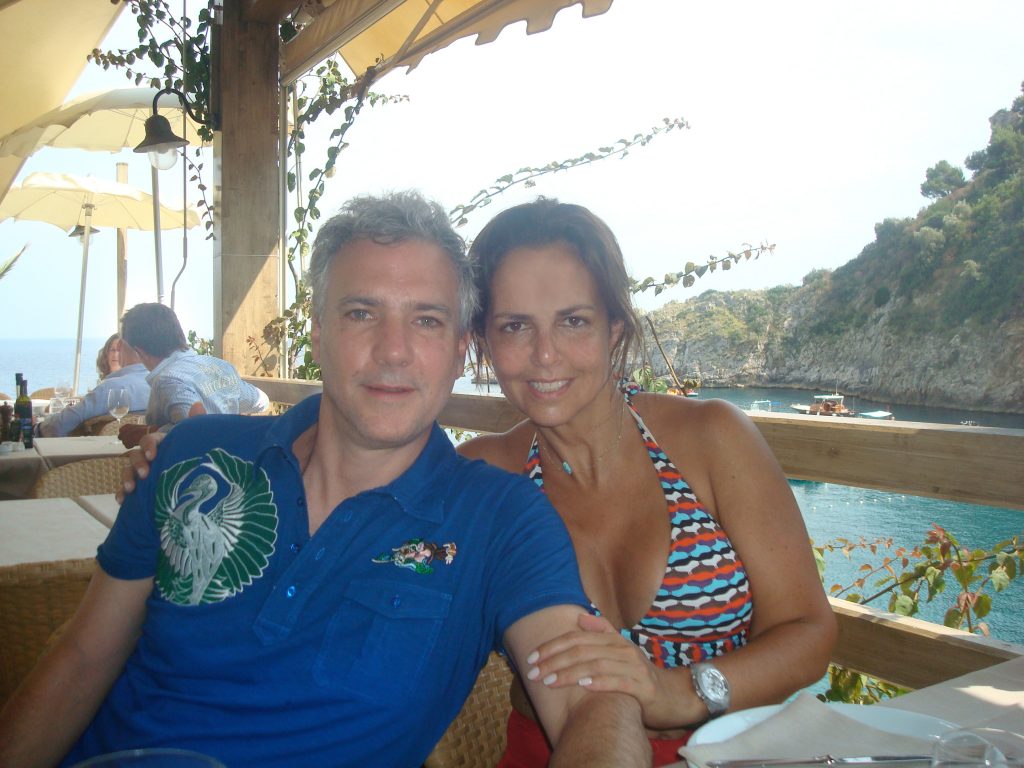Meet Solita Cohen and Raphael Castoriano, Art-World Multi-Hyphenates and Curators of Our ‘Art of the Americas’ Sale on Artnet Auctions


Artnet Auctions

The Americas are a hotbed for creativity and innovation; from the icy northern provinces of Canada to the arid plains of the United States, all the way down to the southernmost tip of Chile, the arts of the Americas have broken boundaries. These regions have fostered the careers of artists like Fernando Botero, Agnes Martin, Remedios Varo, Carmen Herrera, Jesús Rafael Soto, Robert Rauschenberg, and Frida Kahlo.
Ahead of the launch of Art of the Americas, an upcoming series of sales highlighting the rich histories and art of this vast region, Artnet Auctions teamed up with experts Solita Cohen and Raphael Castoriano, two art world professionals who believe in an America without borders.
A Caracas-native, Solita is an avid collector and patron of Latin American art who founded the Misol Foundation for the Arts in order to support curators and young artists in Colombia, as well as throughout Latin America. Raphael Castoriano, meanwhile, is a multilingual creative who has held a wide range of art world roles, from artist to art advisor, as well as serving as founder and creative director of Kreëmart.
We recently caught up with Raphael and Solita to learn more about why each is passionate about the art of the Americas and why they think this sale is so important right now.
Art of the Americas goes live on Artnet Auctions on March 30th—click here to consign works and click here to register to bid.
Throughout your careers, you have both worked with influential artists, museums, and fairs. How have those experiences influenced your taste?
Raphael Castoriano: It’s not how many influential artists you know, or the amount of art fairs or museums you go to, but being able to anticipate what will be influential in the future. A lot of great ideas come from people who are just starting out, so being aware of what is going on around you can be tremendously impactful. We also cannot forget the importance of history, because without understanding the past, we cannot foresee the future.
Solita Cohen: This has been very important for me in the sense that I have been able to learn from different fields in the art world. At first, I started meeting and developing relationships with the artists and museums, and then, when the art fairs started booming, I had the opportunity to see and experience the art world from up close.
When did your passion for the arts begin? How has your interest in the art of the Americas influenced your career path?
RC: I consider my understanding of art to be deeply instinctual—it has allowed me to contemplate and reflect in all areas of my life. I have always been an advocate for the future, and the Americas are the “New World,” a place where new ideas have grown from inception.
SC: I grew up in Venezuela during a time when the country was culturally flourishing. At a very young age, I was exposed to museums, galleries, and more, and that style of life led me deeper into the art world of the Americas.
Solita, you founded the non-profit Misol Fundación para las Artes in 2013 to help emerging Latin American artists. What led you to start this organization?
SC: Since I was very young, I felt that art has a social purpose. I started the foundation as a platform for the arts where curators and young artists could work together in the artistic process. Misol deepened the more than 25 years of steadily developing work done with a generous and tireless commitment to Latin American contemporary art. Its main objective was to stimulate the talent of artists who were working with new languages in contemporary art in interaction with other disciplines and to strengthen the circulation of artistic production in Colombia and the region.
Raphael, you have worked in various areas of the art industry, as an artist, art advisor, and the founder and creative director of Kreëmart. How has your work as an artist impacted the other areas of your career?
RC: Among other facets of my personality, I am an artist, but I like to think of myself now as a “creative.” This term can create hybrids of different titles across multiple platforms to expand our vision of the world, so we can accept new ways and meanings.

Raphael and Solita many moons ago, near Capri or Portofino.
What drew you to join forces with Artnet Auctions for this sale?
RC: Artnet’s roster of seasoned specialists, experience with digital operational processes, and long history as the first global online auction house were what originally drew us in, but the opportunity to create a new platform was what really excited us. With the “Art of the Americas Auctions,” we aim to open up a new market to artists that, while very established, have been historically excluded from the main conversation.
SC: I have always followed Artnet very closely, and I have loved their vision to be the pioneers of an online platform. And I think, as Raphael said, that they are the perfect match for us to work in a new innovative auction.
Why do you think that the Art of the Americas sale is important right now?
RC: Rather than continue to think of the Americas as countries divided by arbitrary regions and borders, we would like to highlight the interconnectedness of these continents as a whole and their influence on the rest of the world.
SC: Now more than ever, we live in a world free of borders, and the Americas is now one. Having America as one united continent makes our understanding wider, more profound, complete, and incredible. With this auction, we are opening a new way of seeing the Americas.
What do you collect?
RC: I enjoy collecting outsider artists from the Americas, offering support to those who are just emerging.
SC: Latin American art and art of the Americas.